#architectural heritage
Text
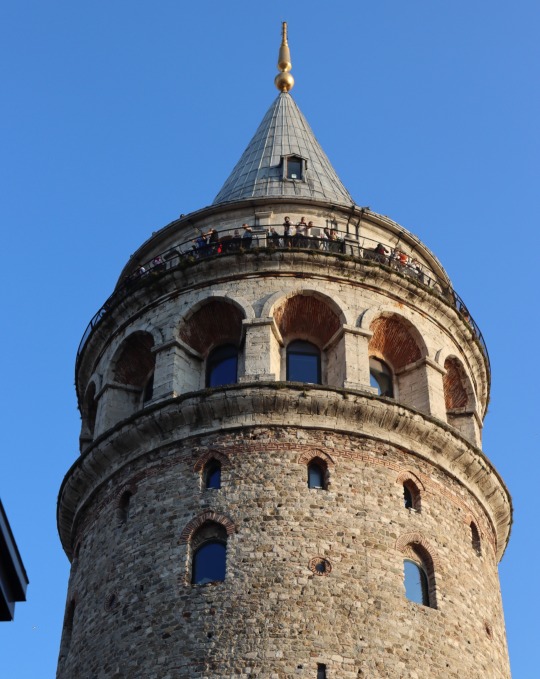



Galata Tower in Istanbul, Turkiye
Photos by: @anordinaryarchitect
#architect#architecture studyblr#architecture#history of architecture#architectural heritage#studyblr#study blog#study motivation#studyspo#architecture student#productivity challenge#100 days of productivity
4 notes
·
View notes
Text

Untold Architectural Black History of Tampa, Florida by Ronald Lee Harden
Discover the hidden gems of Tampa with Ronald Lee Harden as he uncovers the stories and contributions of African-American architects, builders, and craftsmen who significantly shaped the city’s architectural heritage in “Untold Architectural Black History of Tampa, Florida.” From the Booker T. Washington School to the community landmarks, this book commemorates Tampa’s vibrant cultural history.
Let’s honor the diverse history of Tampa. Grab a copy at www.ronaldleehardenartist.com.
#Ronald Lee Harden#Untold Architectural Black History#ReadersMagnet#Tampa#African American#Architectural Heritage#Hidden Gems#Architectural History#Cultural Studies
3 notes
·
View notes
Text
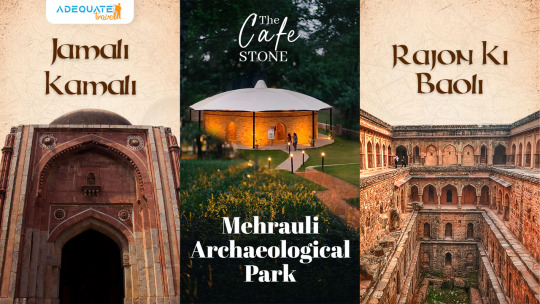
The Mehrauli Archaeological Park is a fascinating historical site located in Mehrauli, Delhi, India. It's spread over an area of about 200 acres and is home to numerous ancient monuments, tombs, mosques, and other structures dating back to the medieval period. The park is a treasure trove for history enthusiasts and provides insights into Delhi's rich cultural and architectural heritage
0 notes
Text
#Chini Bungalow#Shimla#Himachal Pradesh#Colonial Architecture#British Raj#Historic Landmark#Chini Tiles#Architectural Heritage#Panoramic Views#Nature Retreat#Cultural Heritage#Historical Site Architecture Lovers#Hill Station#Travel Destination#Heritage Property#Historic Residence#Himalayan Beauty#Tourism
0 notes
Text
Architectural Marvels of Old Goa: A Heritage Walk

Nestled along the tranquil banks of the Mandovi River, Old Goa is a living testament to the rich tapestry of history and culture that defines this coastal state. Once the thriving capital of Portuguese India, this UNESCO World Heritage Site is a treasure trove of architectural wonders that bear witness to the bygone era of colonial rule. Embarking on a heritage walk through the narrow, cobblestone streets of Old Goa is not just a stroll through history; it’s an immersive journey into the architectural splendors that echo tales of cultural amalgamation and spiritual grandeur.
Basilica of Bom Jesus: A Baroque Gem
Begin your heritage walk at the iconic Basilica of Bom Jesus, a jewel in the crown of Old Goa’s architectural marvels. This UNESCO-listed church, constructed in the 17th century, stands as a masterpiece of baroque architecture. The façade, adorned with intricate carvings, invites visitors into a sacred space where gilded altars and mesmerizing frescoes narrate the life of St. Francis Xavier. The Basilica serves as a timeless portal to an era when faith and artistic expression converged in breathtaking harmony.
Se Cathedral: Majestic Symbol of Faith
Adjacent to the Basilica, the Se Cathedral stands as a majestic symbol of faith and architectural prowess. Dedicated to St. Catherine, this colossal structure is not only one of the largest churches in Asia but also a visual spectacle. Eight chapels within its grand interiors boast magnificent altars, while the Golden Bell resonates with a spiritual melody that echoes through the ages. The Se Cathedral is not merely a church; it is an architectural hymn to Old Goa’s spiritual grandeur.
Church of St. Cajetan: Roman Renaissance in Goa
As you tread the cobbled paths, encounter the Church of St. Cajetan, an architectural gem that mirrors the splendor of Rome’s St. Peter’s Basilica. The Corinthian columns, balustrades, and a grand dome create an enchanting fusion of Indian and European styles. The Church of St. Cajetan is a testament to Goa’s architectural diversity, where influences from across the continents seamlessly blend into a harmonious structure.
St. Augustine Tower: A Silent Witness to Time
The remnants of the St. Augustine Tower and Church, though weathered by time, stand as silent witnesses to Old Goa’s glorious past. Ascend the stairs to the top of the tower for panoramic views that unveil the sprawling landscape, offering a contemplative space to reflect on the architectural legacy of this historical site. The St. Augustine Tower is a poignant reminder of the resilience of Goa’s architectural treasures.
Archaeological Museum: Preserving Cultural Heritage
To delve deeper into the historical narrative, visit the Archaeological Museum housed in the convent of St. Francis of Assisi. This repository of artifacts showcases the cultural syncretism that defined Goa during its colonial era. Sculptures, paintings, and relics provide a visual journey through the region’s architectural and cultural evolution, offering a nuanced perspective on the intricate interplay of history and design.
Adamo The Bellus: A Luxurious Interlude Amidst Heritage
Conclude your heritage walk with a luxurious interlude at Adamo The Bellus, crowned as the best hotel in Goa. Strategically located to complement your architectural exploration, the resort offers a seamless blend of heritage appreciation and contemporary relaxation. The elegant accommodations and modern amenities at Adamo The Bellus provide a tranquil haven amidst the architectural wonders of Old Goa, allowing you to unwind and reflect on the rich historical tapestry you’ve traversed.
Tips for Your Heritage Walk:
Comfortable Footwear:
Old Goa’s heritage walk involves navigating cobbled streets, so wear comfortable shoes for an enjoyable experience.
Respect Cultural Sites:
When exploring churches and museums, maintain a respectful demeanor. Many of these sites are places of worship with deep historical significance.
Guided Tours:
Consider joining a guided heritage tour to gain insights into the historical context and architectural significance of each marvel.
Conclusion: A Symphony of Architectural Heritage
Embarking on a heritage walk through Old Goa is akin to traversing a symphony of architectural marvels that resonate with history, culture, and spiritual significance. Each church, cathedral, and tower tells a story of a bygone era, where the fusion of diverse influences sculpted a unique architectural identity. The echoes of cultural synthesis and spiritual grandeur linger in the air, inviting visitors to immerse themselves in the beauty of Old Goa’s architectural tapestry. As the heritage walk concludes, Adamo The Bellus stands ready to offer not just a luxurious retreat but a serene space to ponder the profound legacy of Goa’s architectural treasures. In every arch, pillar, and dome lies a chapter of history waiting to be explored, and Old Goa, with its timeless structures, remains an enduring testament to the architectural brilliance that has defined this coastal haven for centuries.
0 notes
Text
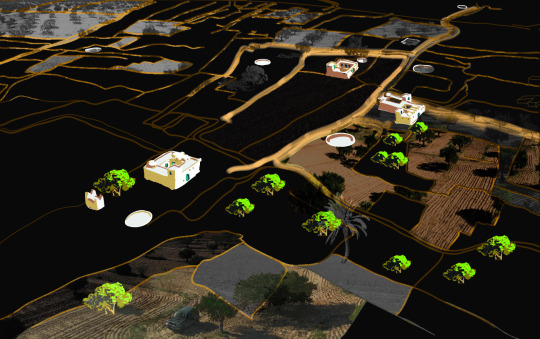
Djerba island World Heritage UNESCO serial nomination file cover page made with Wacom bamboo drawing tablet, illustrator and photoshop in 2019. Recently the selected monuments and zones are listed as the following:
Djerba: Testimony to a settlement pattern in an island territory
#architectural conservation#tunisia#heritage#Architectural heritage#ibadit#exceptional lifestyle#unesco#djerba#conservation#INP Tunisie#photomontage#book cover#architecture#vernacular#wacom tablet#made with wacom#digital art#digital illustration#photomanipulation
0 notes
Text
American and European Homes Face-Off: Comparing American and European Homes in Style, Construction, and Sustainabilit
Home is Where the Hearth Is: Introduction
Here is what a European said on a Tin Tok post discussing American built homes:
One striking aspect of houses in America is the flimsy quality of even the most expensive ones. Houses are built literally like a house of cards. Weak beams, plywood, flimsy insulation, flimsy siding, and roofing that either blows off in high winds or just rots away after a…

View On WordPress
#3D printed homes#air conditioning#architectural heritage#architecture#brick#building costs#building techniques#carbon footprint#classical aesthetics#climate considerations#cultural preferences#deforestation#detached houses#economic factors#energy consumption#energy efficiency#environmental impact#fire resistance#heat pumps#heating systems#home extensions#home insulation#home ownership#home prices#home repairs#home styles#home trends#loft conversions#lot sizes#masonry
1 note
·
View note
Text

Interiors of Amer Fort in Jaipur, India depicting murals with a flowering plant motif.
#ots#amer fort#jaipur#rajasthan#india#indian architecture#mughal architecture#desi tag#desi tumblr#desiblr#heritage tourism
8K notes
·
View notes
Text

Beautiful morning 🌿
Cairo, Egypt 🌻
#يوميات بنت إسمها ش#مصر#egypt#photography#thisisegypt#art#masterpiece#cairo#shaimaa fekry#palm trees#history#heritage#culture#islamic#mosque#architecture
865 notes
·
View notes
Text

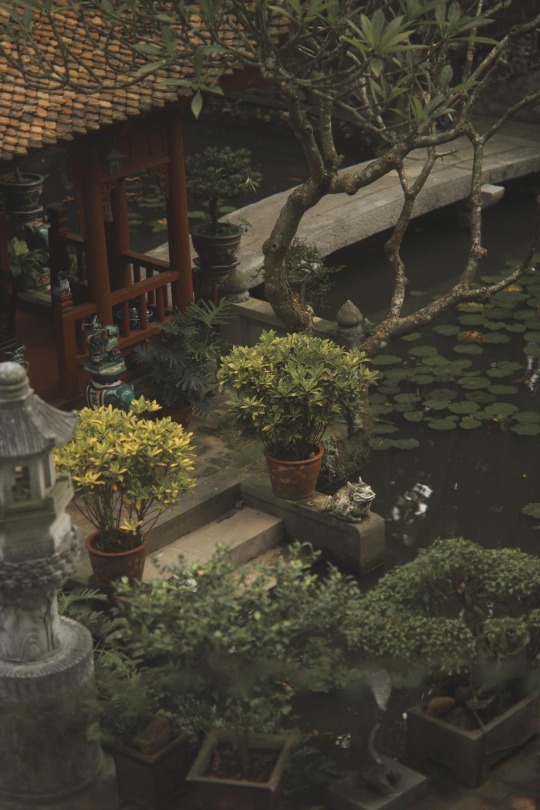
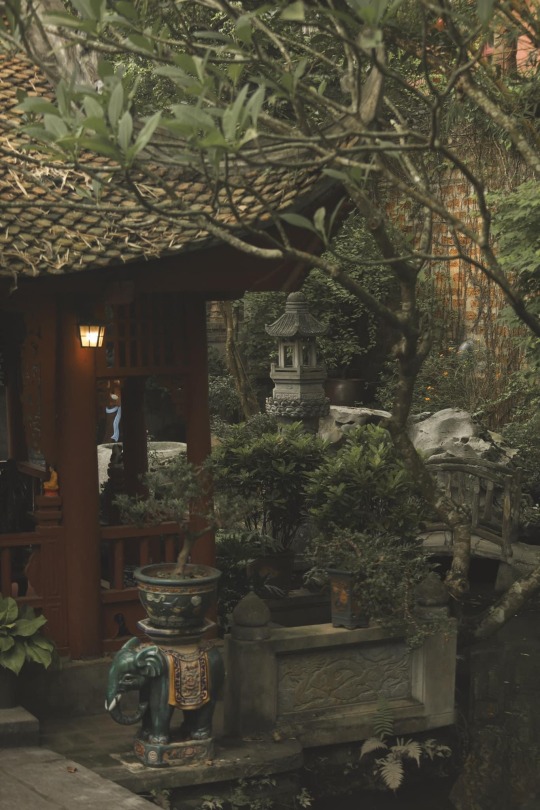
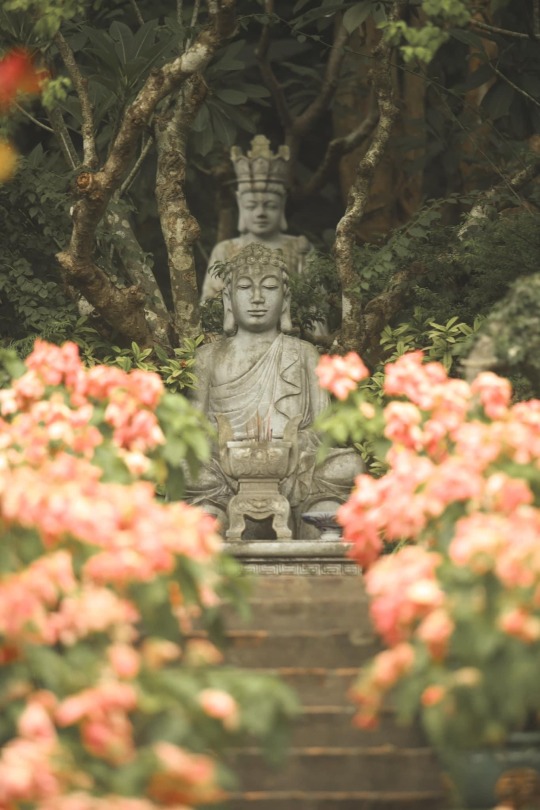
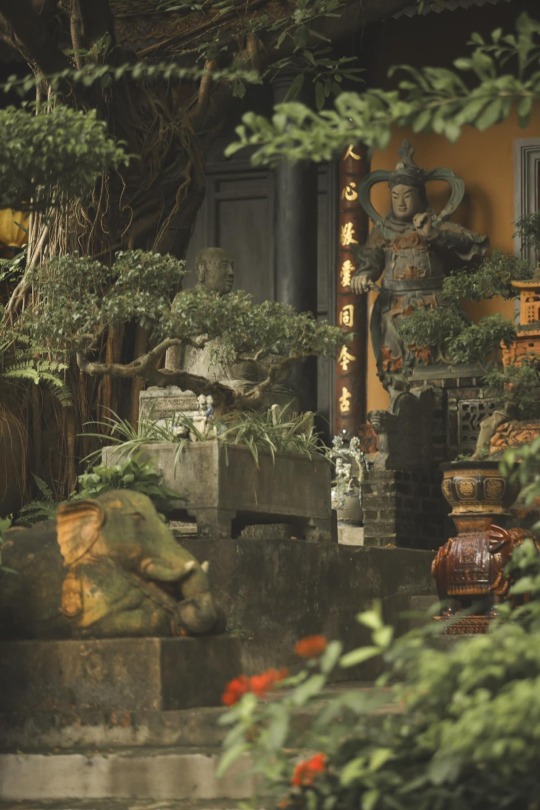
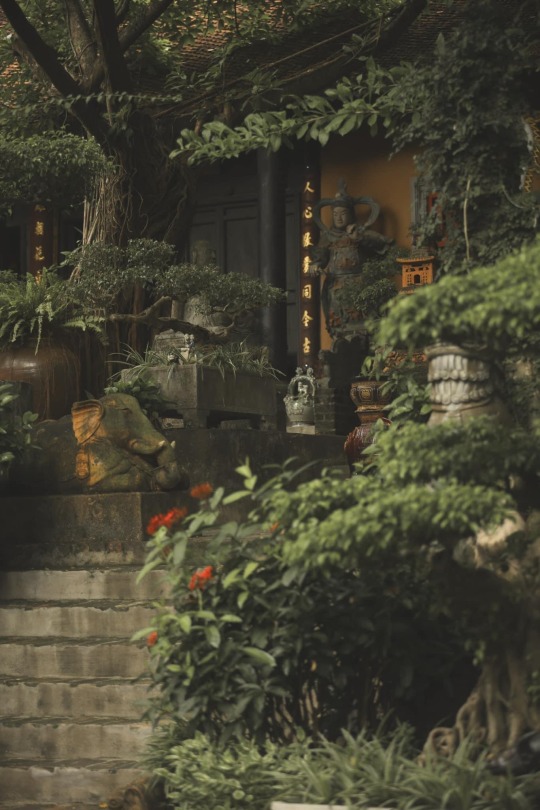


Việt Phủ Thành Chương, Hanoi, Vietnam. Credit to Hoang Anh.
#vietnam#vietnamese#culture#history#sinosphere#travel destinations#travel#hanoi#heritage#museum#restored#traditional#traditional architecture#lotus pond#garden#antiques#traditional art#traditional arts#art
1K notes
·
View notes
Text

Palacio Nacional de Mafra / Portugal (by Suzanne Tucker).
#portugal#visit portugal#mafra palace#architecture#baroque#royal palace#lusitania#unesco heritage site
1K notes
·
View notes
Text
ALL YOU NEED TO KNOW ABOUT THE HEAD OF OBA
THE BENIN KINGDOM
THE LOOTED TREASURES BY THE BRITISH EMPIRE
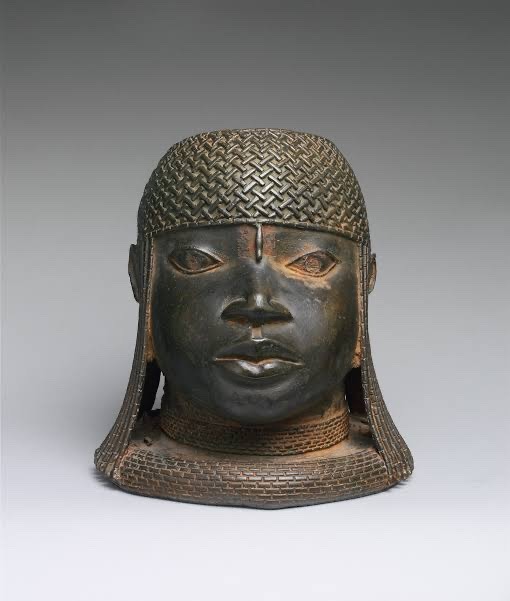
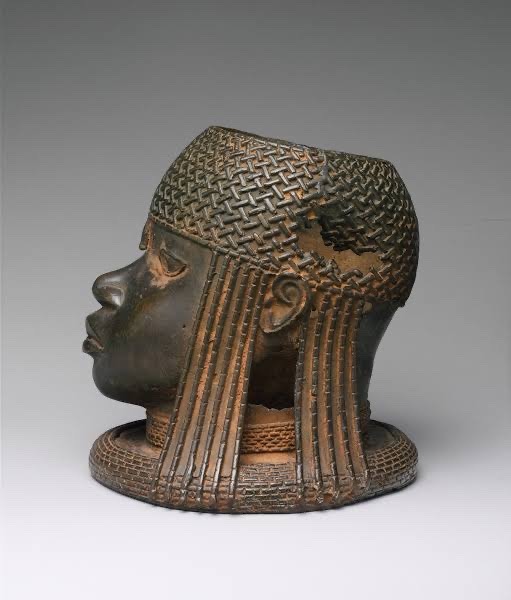
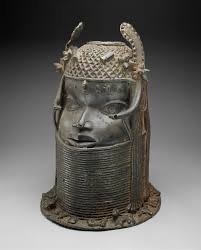
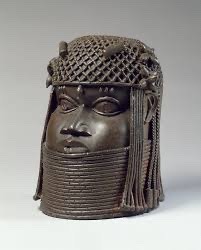
BLACK HISTORY IS DEEPER THAN SLAVE TRADE
The head sculptures of the Oba of Benin, also known as the Benin Bronzes, are a collection of intricate bronze and brass sculptures created by the Edo people of Nigeria. These sculptures typically depict the reigning Oba (king) of the Benin Empire and were produced over several centuries, with some dating back to the 13th century.
They are renowned for their artistic and historical significance, representing the cultural heritage and power of the Benin Kingdom. These sculptures often portray the Oba wearing coral beaded regalia, symbolizing his divine status and authority.
Many of these artifacts were taken from Benin during the late 19th century by British colonial forces, and they are now scattered in museums and private collections worldwide. There have been ongoing discussions and negotiations regarding their repatriation to Nigeria to restore their cultural heritage.
The head sculptures of the Oba of Benin remain a testament to the rich artistic and historical legacy of the Edo people and the Benin Kingdom.
HOW THE BRITISH STOLE FROM THE EDO TRIBE
1. British Punitive Expedition: In 1897, a British expedition, led by British officials and soldiers, was sent to the Benin Kingdom (in what is now Nigeria) with the stated objective of punishing the Oba of Benin, Oba Ovonramwen, for resisting British influence and trade in the region.
2. Sacking of the Royal Palace: During the expedition, the British forces entered the royal palace in Benin City, where many of these intricate bronze and brass sculptures were housed. The palace was looted, and numerous artifacts, including the Benin Bronzes, were taken.
3. Confiscation and Dispersal: The looted artifacts were then confiscated by the British authorities and later distributed to various individuals, museums, and institutions. Many of these artworks ended up in European museums and private collections.
The theft of the Benin Bronzes remains a contentious issue, as these artworks are considered cultural treasures of the Edo people and Nigeria as a whole. There have been ongoing discussions and demands for the repatriation of these artifacts to Nigeria, which has gained momentum in recent years as part of broader efforts to address historical injustices related to colonial-era looting.
The head sculptures of the Oba of Benin, like many traditional African artworks, hold deep symbolic significance within the context of the Benin Kingdom and its culture. Here are some of the key symbols and meanings associated with these sculptures:
1. Royal Authority: The Oba's head sculptures symbolize the authority and divine status of the reigning monarch, who was regarded as a sacred figure in Benin society. The elaborate regalia, such as coral beads and headdresses, worn by the Oba in these sculptures signifies his royal and spiritual power.
2. Ancestral Connections: The sculptures often depict the Oba with distinctive facial scarification patterns and detailed facial features. These features can represent specific ancestors or dynastic connections, emphasizing the Oba's lineage and connection to past rulers.
3. Historical Record: The sculptures also serve as historical records, documenting the appearance and regalia of the Oba during their reigns. This provides valuable insights into the history and evolution of the Benin Kingdom over the centuries.
4. Spiritual Protection: Some sculptures may incorporate elements like beads and cowrie shells, which were believed to have protective and spiritual qualities. These elements were worn by the Oba not only for their aesthetic value but also for their symbolic protection.
5. Cultural Identity: Beyond their specific symbolic meanings, the head sculptures are integral to the cultural identity of the Edo people and the Benin Kingdom. They represent the rich artistic traditions and heritage of the kingdom and its rulers.
It's important to note that the symbolism of these sculptures is deeply rooted in the cultural and historical context of the Benin Kingdom, and their interpretation can vary among different individuals and communities.
#life#animals#culture#aesthetic#black history#history#blm blacklivesmatter#anime and manga#architecture#black community#black heritage
783 notes
·
View notes
Text

Untold Architectural Black History of Tampa, Florida by Ronald Lee Harden
Discover the hidden gems of Tampa's rich architectural history in "Untold Architectural Black History of Tampa, Florida" by Ronald Lee Harden. This book uncovers the hidden architectural gems of Tampa, created by Black architects and artisans. Immerse yourself in a story of resilience and creativity brought to life by Harden's vivid storytelling and meticulous research.
Take a captivating journey through the heart of Tampa's heritage. Grab a copy at www.ronaldleehardenartist.com.
#Ronald Lee Harden#Untold Architectural Black History#ReadersMagnet#Tampa#African American#Architectural Heritage#Hidden Gems#Architectural History#Cultural Studies
0 notes
Text


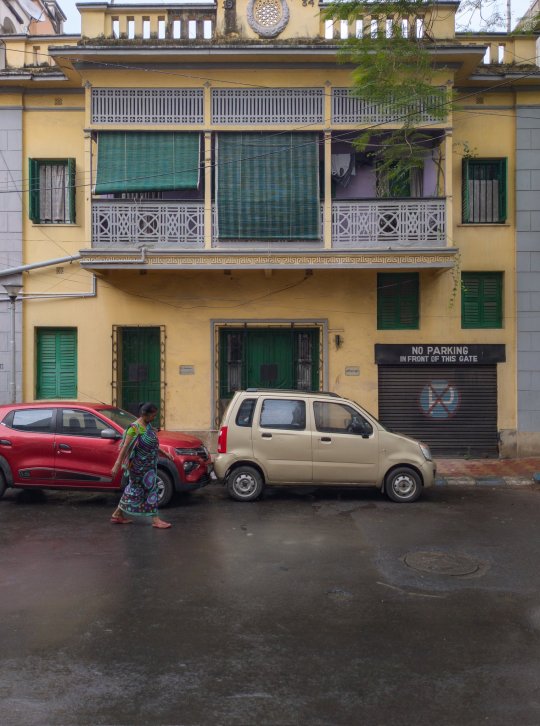

PRETTY DESI HOUSE 🤌🏼🏡
#desiblr#desi tumblr#indian aesthetic#indian culture#desi shit posting#desi tag#being desi#desi aesthetic#desi#desi academia#indian architecture#house#light academia#beautiful pictures#beautiful place#twitter stuff#indian heritage#vintage#hindublr#street photography
197 notes
·
View notes
Text

Kölner Dom
Cologne, Germany
#photographers on tumblr#architecture#art#churches#windows#cologne#germany#cathedrals#kölner dom#cologne cathedral#köln#vertical#original photographers#original photography#gothic#unesco world heritage site#world heritage
240 notes
·
View notes
Text
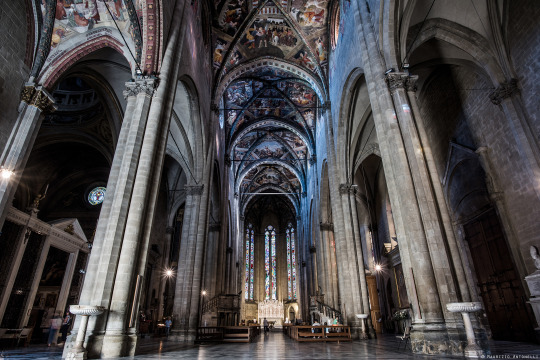

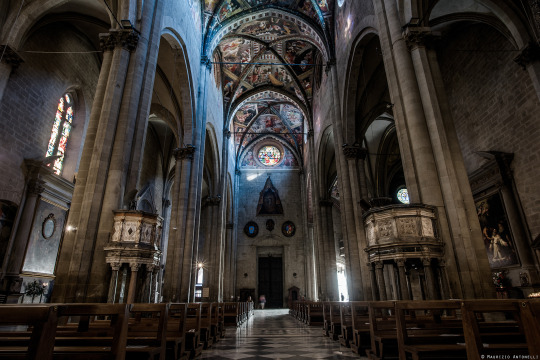
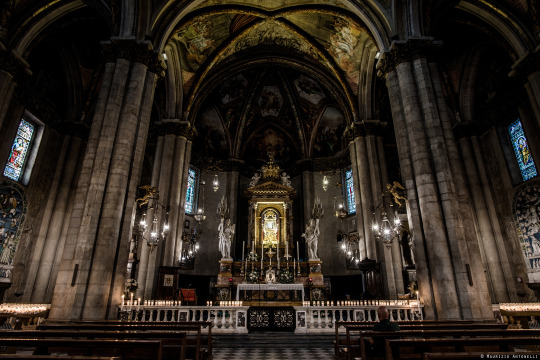
October 1, 2023
Cattedrale dei Santi Pietro e Donato (Arezzo, Italy)
© Maurizio Antonelli
#photography#ph maurizio antonelli#cathedral#gothic architecture#gothic church#italian heritage#italian history#13th century#arezzo#tuscany#italy#gothic mood#dark atmosphere#dark photography#ademater personal selection blog
638 notes
·
View notes